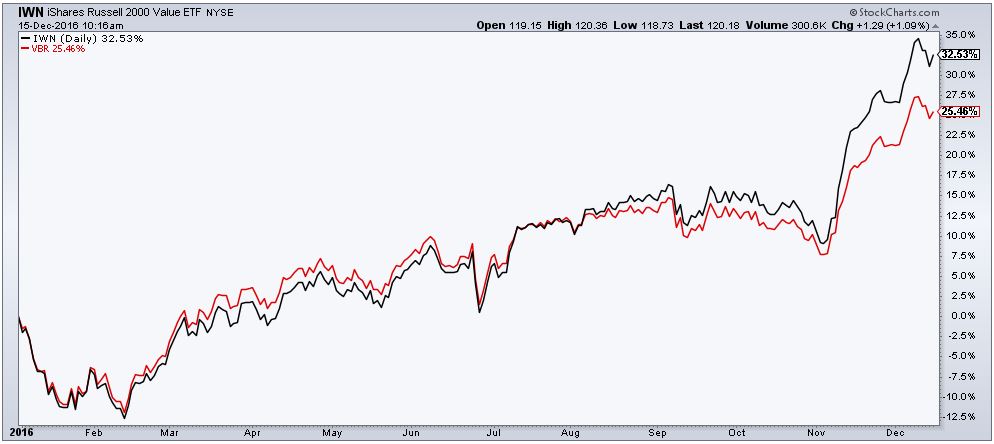It looks like you're new here. If you want to get involved, click one of these buttons!

Let us know what you find!LOL. @VintageFreak: PRIJX (TRP) ...A very young fund, going back to Sept, 2015.
Now you are talking. You guessed I asked the question because I wanted a place where I could buy without load and at brokerage. I do have an account with TRP and this seems like a good option to research.
Thanks much.

Ted, the point is that several commonly used brokerages do not handle the investor shares, as was noted earlier in the thread. That's true for Fidelity, where SIVLX at $25k initial is the best anyone can do. Of course you can set up a separate account with Seafarer, but the extra hassle to many of us isn't worth it. -- Andy J.
There's " category=international equity [diversified emerging mkts] " w/M*.I used the premium screener to find EM equity funds with the lowest p/e ratios and ended up with 8 funds with a p/e below 15 and a p/b below 1.5.
...
David
Voila! Didn't think of using P/E ratio for fund to discover "value". Problem is even with Premium Screener there is no Emerging Markets screen, but just Foreign G/B/V. Will keep this in mind for future.
Now you are talking. You guessed I asked the question because I wanted a place where I could buy without load and at brokerage. I do have an account with TRP and this seems like a good option to research.LOL. @VintageFreak: PRIJX (TRP) ...A very young fund, going back to Sept, 2015.
Voila! Didn't think of using P/E ratio for fund to discover "value". Problem is even with Premium Screener there is no Emerging Markets screen, but just Foreign G/B/V. Will keep this in mind for future.I used the premium screener to find EM equity funds with the lowest p/e ratios and ended up with 8 funds with a p/e below 15 and a p/b below 1.5.
Advisory Research Emerging Markets Opportunities (ADVMX) sort of stands out.
AllianzGI Emerging Markets Small-Cap A (ALMMX) is newer and pricey, but has been doing well.
Beyond that, I found six ETFs and one recently-liquidated fund.
David
© 2015 Mutual Fund Observer. All rights reserved.
© 2015 Mutual Fund Observer. All rights reserved. Powered by Vanilla